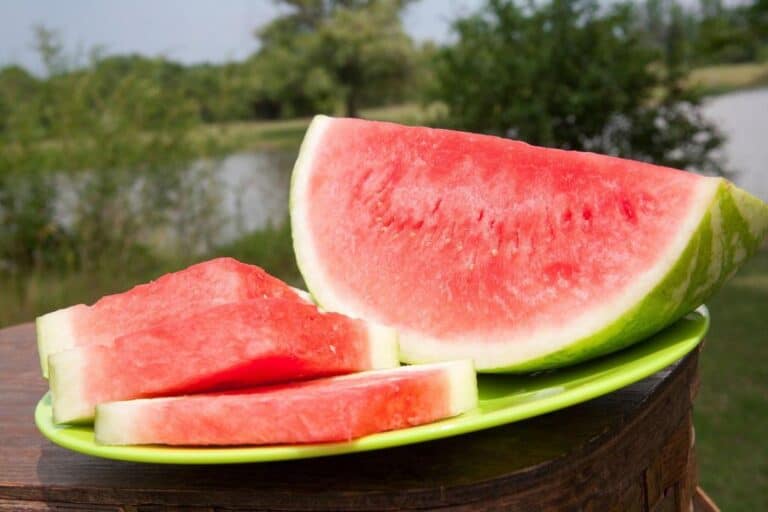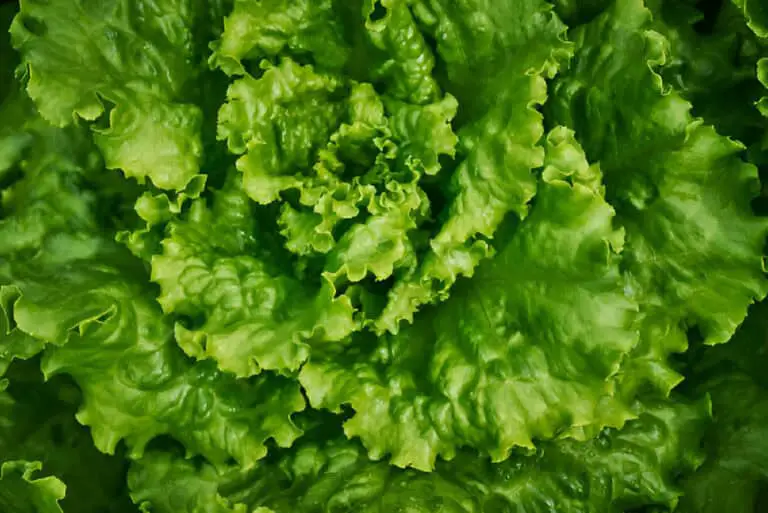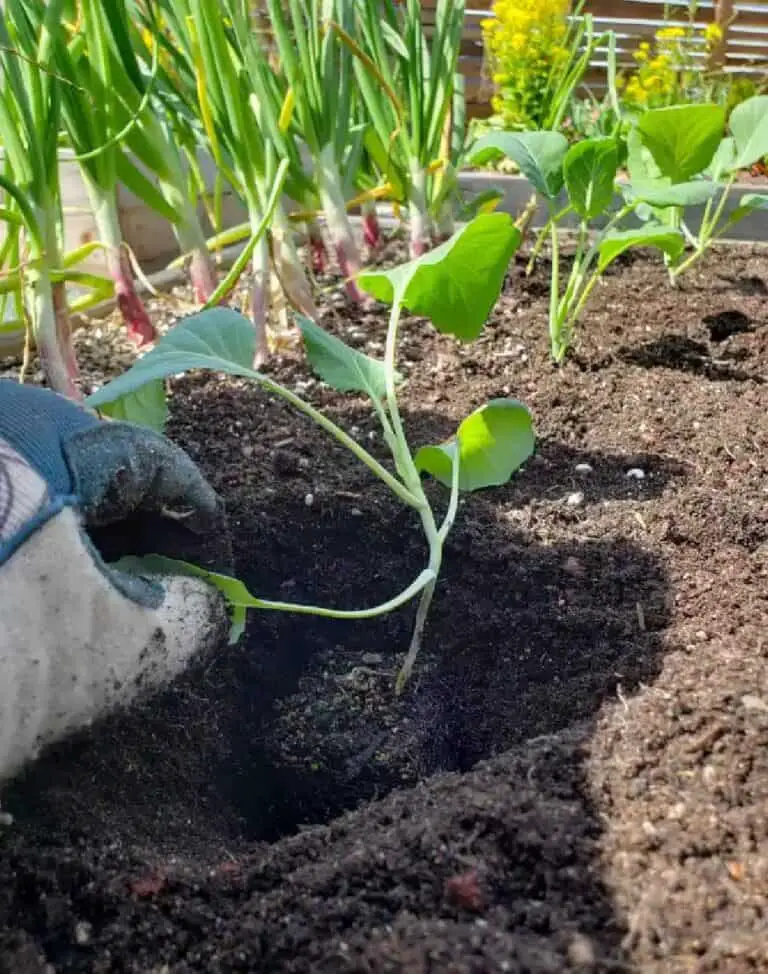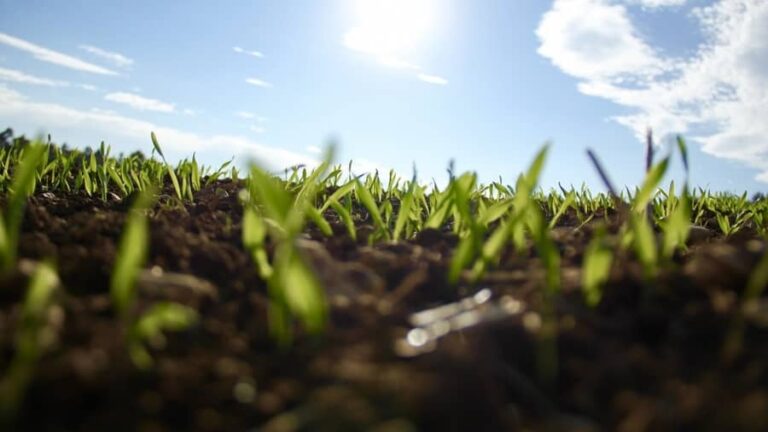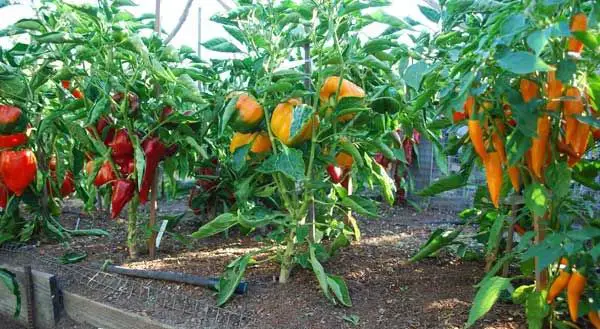How to Trim Hoya Plant: In-depth Pruning Guide
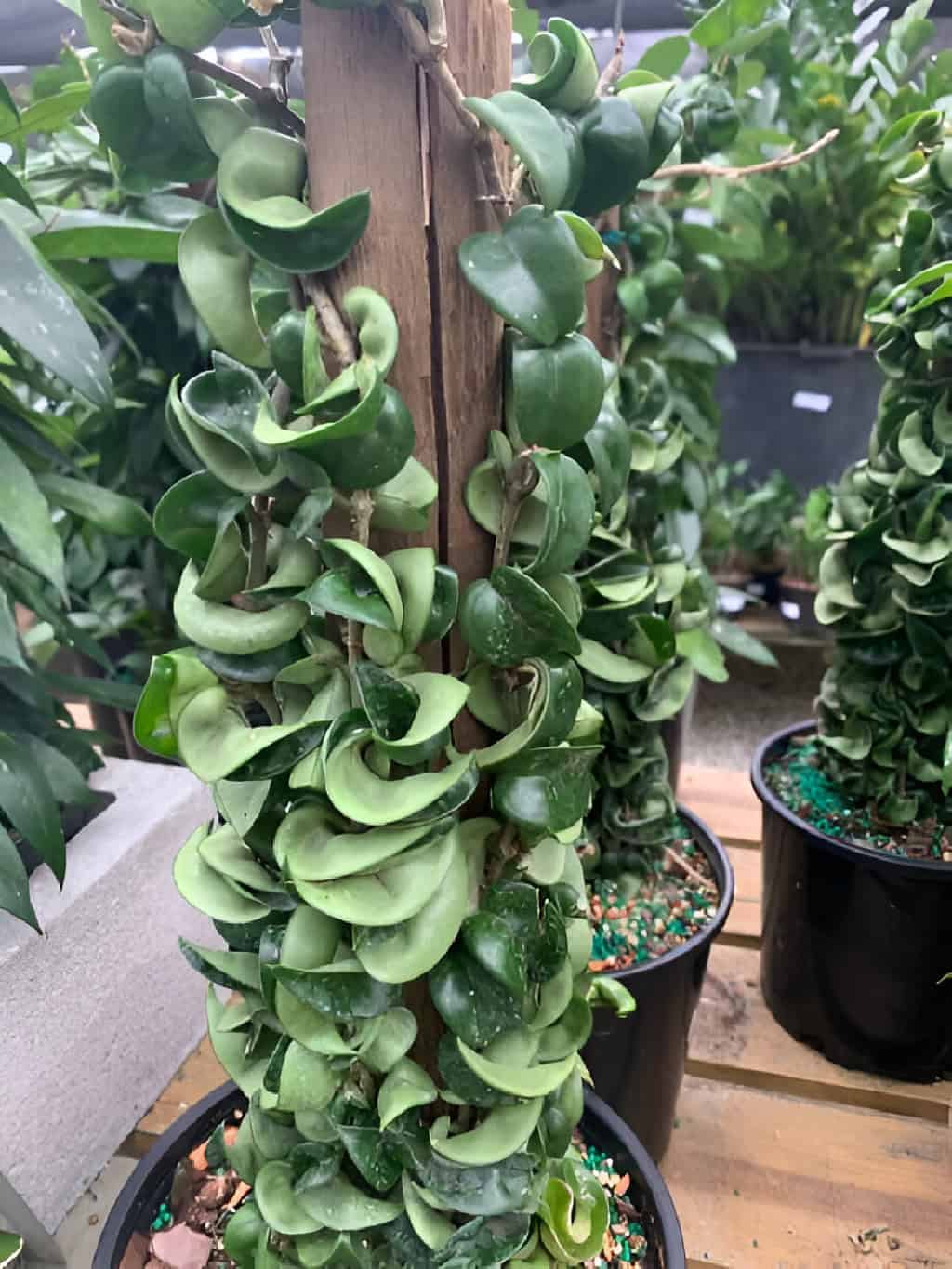
Hoya plants are often called wax plants or porcelain flowers. People love them for their lush, waxy leaves and fragrant, star-shaped flowers. These tropical plants can thrive indoors with care. This makes them popular with houseplant fans.
Pruning your hoya plant is a crucial aspect of its care routine that can enhance its health and appearance. Have you ever wondered how to properly trim and shape your hoya to promote better growth?
This in-depth guide will explore the best practices for trimming your Hoya plant. It covers the tools you’ll need, the best time for pruning, and detailed steps to keep your plant thriving.
Understanding Hoya Plants
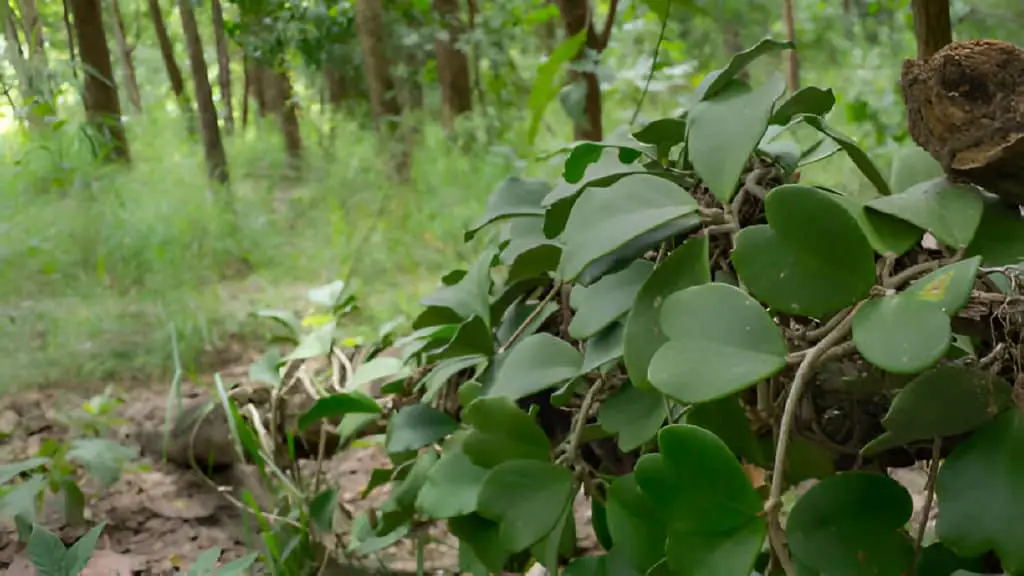
Hoya plants belong to the Apocynaceae family and are native to Asia and Australia. They are known for their climbing or trailing growth habits and can be trained to grow on trellises, in hanging baskets, or as bushy indoor plants. The most common species is Hoya carnosa. It is prized for its pretty leaves and bunches of sweet-smelling flowers. The flowers appear during the growing season.
Types of Hoya Plants
There are numerous species and varieties of Hoya, each with its unique characteristics:
- Hoya Carnosa: Known for its thick, waxy leaves and fragrant, pink flowers.
- Hoya Pubicalyx: Features narrow, elongated leaves and clusters of dark red or pink flowers.
- Hoya Kerrii: Popularly known as the sweetheart plant due to its heart-shaped leaves.
Table: Common Hoya Varieties
| Variety | Characteristics |
| Hoya Carnosa | Thick, waxy leaves; pink flowers |
| Hoya Pubicalyx | Narrow leaves; dark red or pink flowers |
| Hoya Kerrii | Heart-shaped leaves |
Benefits of Pruning Hoya Plants
Pruning your Hoya plant offers several benefits:
- Encourages New Growth: Removing old or dead growth stimulates the production of new stems and leaves.
- Promotes Flowering: Proper pruning can enhance the plant’s ability to produce flowers.
- Controls Size and Shape: Regular trimming helps keep the desired size and shape. This is especially true indoors.
- Prevents Disease: Pruning prevents disease. It improves air flow, cutting the risk of fungal and pest attacks.
When to Prune Hoya Plants
The best time to prune your Hoya plant is during its active growing season, typically in spring or early summer. Avoid pruning in late fall or winter when the plant is in its dormant phase, as this can stress the plant and hinder growth.
Seasonal Pruning Guide
| Season | Pruning Activity |
| Spring | Begin pruning to encourage new growth |
| Summer | Maintain shape and promote flowering |
| Fall | Minimal pruning; prepare for dormancy |
| Winter | Avoid pruning; plant is dormant |
Tools and Preparation
Having the right tools and preparing adequately will ensure a clean and successful pruning process.
Essential Tools
- Pruning Shears: For cutting thicker stems and branches.
- Sharp Scissors: For trimming smaller leaves and stems.
- Gloves: Protect your hands from potential irritants.
- Disinfectant: Clean tools before and after use to prevent disease spread.
Table: Pruning Tools for Hoya Plants
| Tool | Use |
| Pruning Shears | Cutting thicker stems and branches |
| Sharp Scissors | Trimming smaller leaves and stems |
| Gloves | Protecting hands from irritants |
| Disinfectant | Cleaning tools to prevent disease |
Step-by-Step Pruning Guide
1. Inspect the Plant
Begin by carefully inspecting your Hoya plant. Look for any signs of disease, pest infestations, or damaged leaves and stems. Identifying these issues early will help you focus on the areas that need the most attention.
2. Remove Dead and Damaged Growth
Using your pruning shears or sharp scissors, start by removing any dead or damaged leaves and stems. Make clean cuts close to the base of the plant or just above a node, ensuring you do not damage the healthy parts of the plant.
3. Trim Leggy Growth
Hoyas can sometimes develop long, leggy stems that detract from the plant’s overall appearance. Trim these stems back to promote a bushier growth habit. Make your cuts just above a node, where new growth is likely to emerge.
4. Shape the Plant
To maintain a neat and attractive shape, trim any stems that are growing out of bounds or in an undesirable direction. This is especially important for Hoyas grown on trellises or in hanging baskets, where a balanced appearance is desirable.
5. Encourage Flowering
Hoya plants flower on new growth, so strategic pruning can encourage more blooms. Trim the plant in a way that promotes branching, as this will increase the number of flower-bearing stems.
Tips for Healthy Hoya Plants
- Light: Hoyas thrive in bright, indirect light. Ensure your plant receives adequate light to support healthy growth and flowering.
- Watering: Water your Hoya plant when the top inch of soil feels dry. Overwatering can lead to root rot, so it’s better to let the soil dry out slightly between waterings.
- Humidity: These tropical plants appreciate higher humidity levels. Mist your plant regularly or place it near a humidifier.
- Fertilizing: Feed your Hoya plant with a balanced, water-soluble fertilizer. Do this every four to six weeks during the growing season.
Troubleshooting Common Issues
- Yellowing Leaves: This can indicate overwatering or poor drainage. Ensure your pot has drainage holes, and adjust your watering schedule.
- No Blooms: Insufficient light or incorrect pruning can hinder blooming. Move your plant to a brighter location and prune to encourage new growth.
- Pest Infestations: Common pests include spider mites and mealybugs. Treat infestations promptly with insecticidal soap or neem oil.
Table: Common Hoya Issues and Solutions
| Issue | Cause | Solution |
| Yellowing Leaves | Overwatering, poor drainage | Ensure pot has drainage; adjust watering |
| No Blooms | Insufficient light, incorrect pruning | Move to brighter location; prune properly |
| Pest Infestations | Spider mites, mealybugs | Treat with insecticidal soap or neem oil |
Propagating Hoya Plants
Pruning is also an excellent opportunity to propagate your Hoya plant. By taking cuttings from healthy stems, you can grow new plants to expand your collection or share with friends.
Steps for Propagation
- Select Healthy Stems: Choose a healthy stem with at least two nodes.
- Make the Cut: Using sharp scissors, cut the stem just below a node.
- Remove Lower Leaves: Remove the leaves from the lower node, leaving the top leaves intact.
- Rooting Medium: Place the cutting in water or a well-draining potting mix.
- Care for the Cutting: Keep the cutting in a warm, bright location, and maintain consistent moisture. Roots should develop in a few weeks.
| Read: Prunning Alyssum Plant: Step By Step Trimming Guide |
Can Prunning Hoya Plant Encourage Flowering?
Pruning a Hoya plant can indeed encourage it to flower more abundantly. By strategically trimming back the plant, you stimulate new growth, which is where the blooms will form. Pruning not only helps to maintain the shape and size of the Hoya but also promotes a healthier plant overall, leading to a more vigorous flowering cycle.
When you prune your Hoya plant, you are essentially removing old and less productive stems, allowing the plant to focus its energy on new shoots. This process invigorates the plant and can result in a more lush and floriferous display. Have you ever noticed how some plants seem to bloom better after a good trim? The same principle applies to Hoya plants, making regular pruning a beneficial practice.
Conclusion
Pruning your Hoya plant is an essential part of its care routine, promoting healthy growth and abundant flowering. By following this in-depth guide, you can ensure your Hoya remains vibrant and attractive throughout the year. Remember to use clean tools, prune during the appropriate season, and address any issues promptly. With proper pruning, your Hoya plant will thrive, providing you with beautiful foliage and delightful blooms. Happy gardening!

